2009 Honoree International DI Society
W. Harold Petersen Lifetime Achievement Award
2015 Honoree of NAILBA’s
Douglas Mooers Award for Excellence
With the help of Victor Cohen, this is part of our ongoing series with Eugene Cohen, founder of the Eugene Cohen Insurance Agency, Inc. From time to time, we will feature an interview with Eugene, who has dedicated almost 60 years of his life to learning, teaching, and supporting brokers in the agency’s quest to help consumers protect their income from the tragic effects of a disability.
Disability insurance (DI) is one of those products that can change the trajectory of an individual and a family’s life and is crucial for every financial planner and insurance professional to learn about and offer to clients.
Victor: Thank you again for the opportunity to talk DI with you, Eugene. Very much appreciated.
Eugene: Thank you, Victor.
Victor: We have had many conversations about disability insurance now and I am always struck by your sincere, heart-felt passion about the importance of DI. Where does that come from? That passion?
Eugene: I started in the business as a life and health agent years ago and quickly decided to specialize in disability income protection because I saw the importance of income.
When you buy or lease a car, they want to know your income. When you buy a home and try to obtain a mortgage, they want to know your income. To obtain a credit card, they want to know your income.
I immediately saw the importance of income and protecting it. Having a sickness or accident can change a person’s financial picture. Protecting existing assets is extremely important, wouldn’t you say?
Victor: Absolutely.
Eugene: When I examined a prospective client’s assets, it became clear to them, and to me, that their future income could be the most valuable asset this individual has—more valuable than their home or automobile.
For example, let’s look at a 35-year-old client earning $100,000 per year. By the time that individual is 65, their potential earnings would be at a minimum, $3,000,000.
Victor: And that’s without any salary increases over the years.
Eugene: That’s right. So, this client is like a money machine producing at least $100,000 per year. We need to protect that income.
Victor: I have heard you describe a picture you once saw in a trade magazine, illustrating the importance of income.
Eugene: Yes, when I started in the business I saw that picture. As you know, they say “a picture is worth a thousand words.” It was a picture of a bridge being held up, supported, by a paycheck.
Across the length of the bridge were written the noncancelable financial obligations that most individuals have in life: Food, clothing, shelter, utilities. And off to the side of the bridge was a sentence that read, “What happens if the paycheck disappears because of a long term disability caused by a sickness or accident?”
And these three things were listed: 1) The client’s emergency fund would disappear; 2) Money saved for retirement would vanish; and, 3) If they were a homeowner and had a mortgage, they may be facing foreclosure.
Without income, the bridge collapses. Disability protection is like a parachute. It is better to have it and not need it than to need it and not have it.
Victor: I have also heard you describe a DI policy as a “silent partner.”
Eugene: When you get a DI policy, it’s like hiring this policy to work for you—when you can’t work for a long period of time due to a qualifying serious accident or illness. So, yes, in many ways this policy is like having a silent partner.
Victor: You have talked with us in the past about how important it is for an advisor to help their client see the need for DI coverage.
Eugene: All through my career I have noticed that need motivates action. When the prospect understands the need for this very important policy, they are interested in applying for it.
And how do you help the client see the need to protect their income?
Victor: By asking questions.
Eugene: That’s right. I have asked many prospective clients throughout my career, “What is the longest vacation you have ever taken?” Their answer is usually one to three weeks.
Then I would ask, “If you had a serious illness or accident that disabled you for three, four, or five years, would you have an income problem? What if you could never work again?” The answer was yes, there would be an income problem.
When I got my first DI policy in my early 20s, I asked myself, could I pay my bills if my income stopped because of a disability? The answer was no. I could only handle it for a short period of time. And I certainly wanted to protect my savings. In my mind I have always felt that disability income protection insurance was designed to be an asset protector.
Victor: So, once the client sees the need for DI coverage and wants to apply for a DI policy, how does the advisor help the client determine the appropriate benefit amount, elimination period, and benefit period to apply for?
Eugene: When it comes to determining a monthly benefit amount to apply for, first, help the client list their most important noncancelable monthly financial obligations. I’ve done that when determining the monthly benefit I have needed on my own DI policies.
Victor: You mean expenses such as mortgage or rent, utilities, car payments…
Eugene: …and monthly expenses for groceries, premiums for homeowners insurance, car insurance, and health insurance, etc.
Victor: And how do you determine the elimination period a client would want on their policy?
Eugene: The elimination period, also sometimes called a “waiting period,” is how long the policyholder would have to wait before receiving a benefit from a qualifying disability.
I chose a 90-day elimination period for my DI coverage, which is the elimination period most clients tend to choose.
Victor: The longer the elimination period, generally, the lower the premium, correct?
Eugene: All things being equal, that’s right.
Victor: Finally, how do you determine the appropriate benefit period for a client?
Eugene: Most clients tend to apply for a benefit period to age 65 or age 67.
Of course, if premium cost is an issue due to the client’s income…or if the DI company will not offer a long benefit period due to a client’s health history and/or occupation, it is completely understandable why a client would apply for a shorter benefit period.
However, for the client who is eligible for a long benefit period…while a two-year, five-year, or ten-year benefit period would likely be helpful if the client had a qualifying disability, what would happen if the client experienced a career ending qualifying disability at an early age? I always say, “Why would you only want to insure the first ten minutes of a fire?”
With my own DI policies, I always wanted to be covered to age 65. I have never had a crystal ball. I couldn’t determine the length of time I would have a disability.
Victor: I’m just curious, do you remember how you felt when you got your very first DI policy?
Eugene: I felt so relieved knowing that some of my important bills would be paid if I were to have a severe disability. I was very fortunate I never collected any benefits on the policy. I bought peace of mind.
Victor: Eugene, this has been another excellent conversation. I can’t thank you enough. Unfortunately, we have to wrap things up. Do you have any final thoughts that you would like to share?
Eugene: I have found, in offering disability income protection for almost 60 years, a client’s need for DI is as strong today as it was the day I started in the business.
Just like I asked myself questions many years ago when considering DI for myself, when advisors ask their clients questions to help their clients uncover the need, the advisors’ DI business will soar.
During my entire career I have always based the DI conversation around need. Need will motivate action.














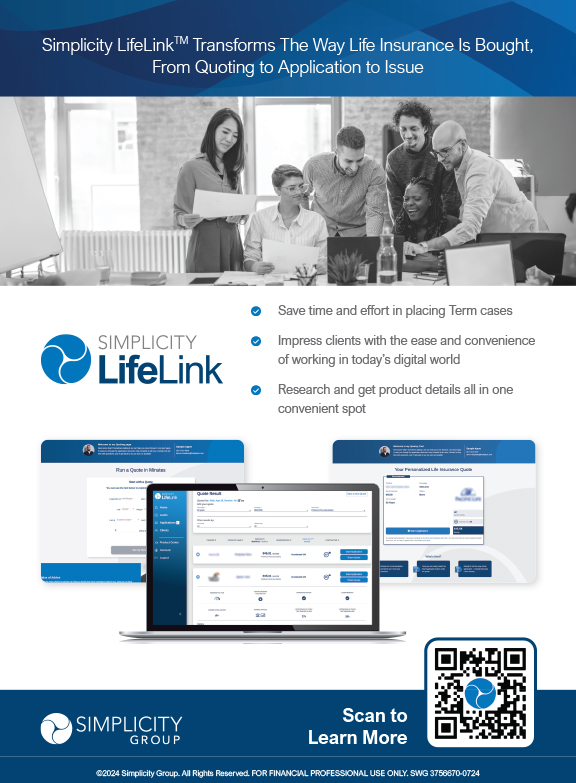

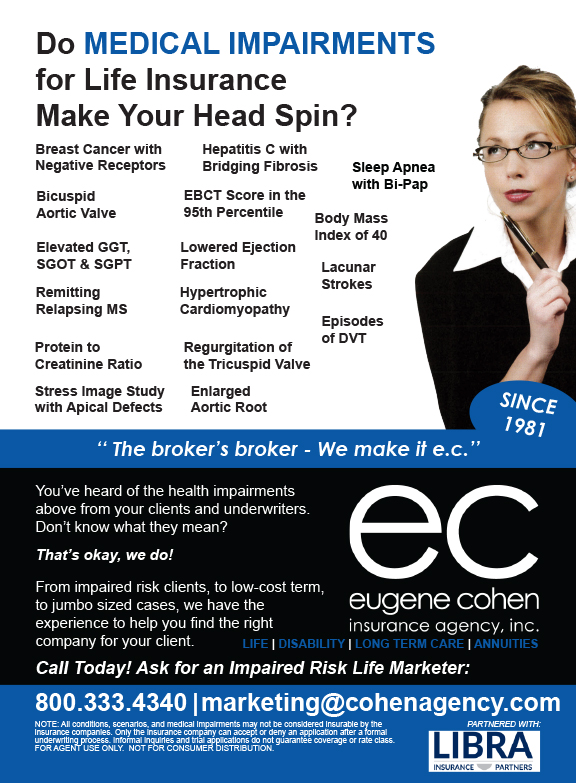





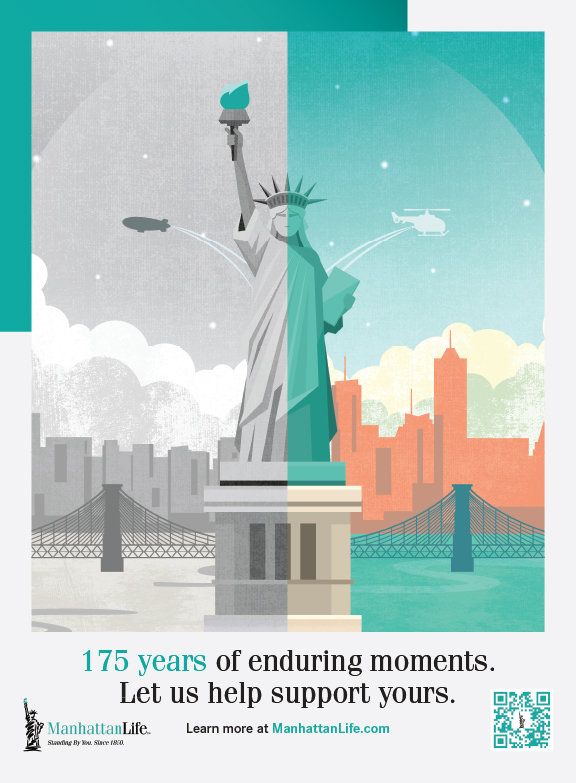
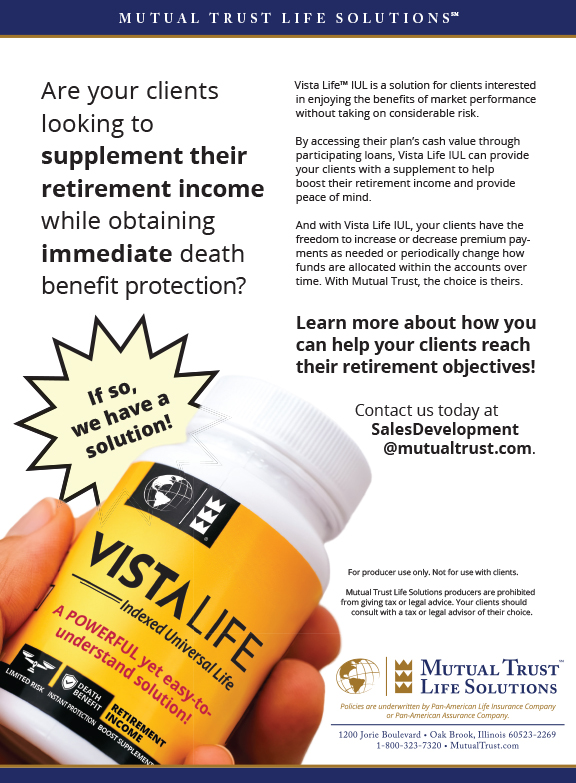
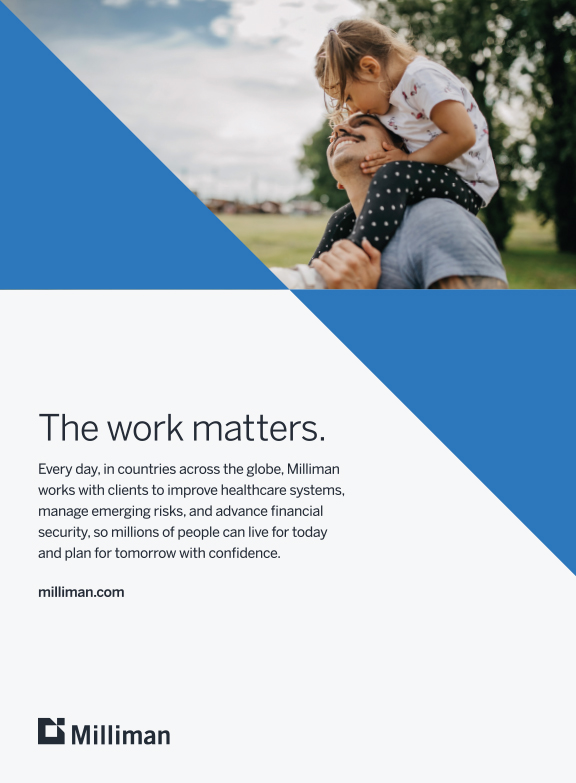

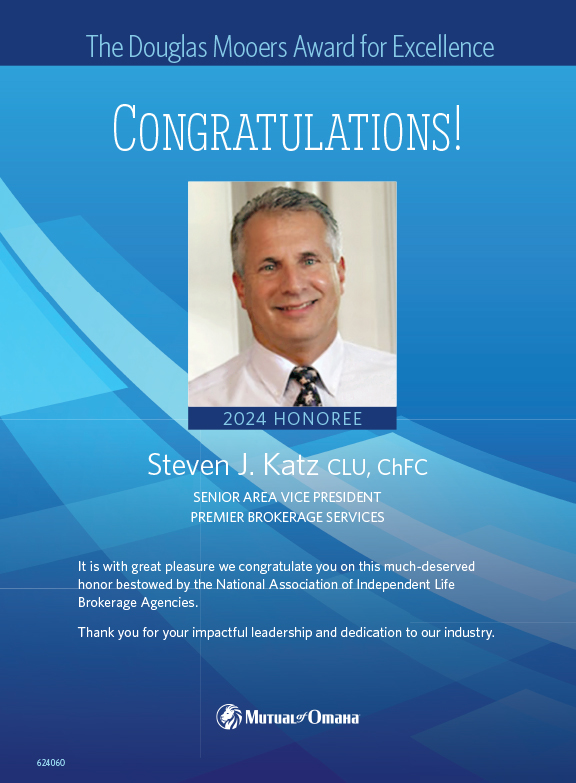


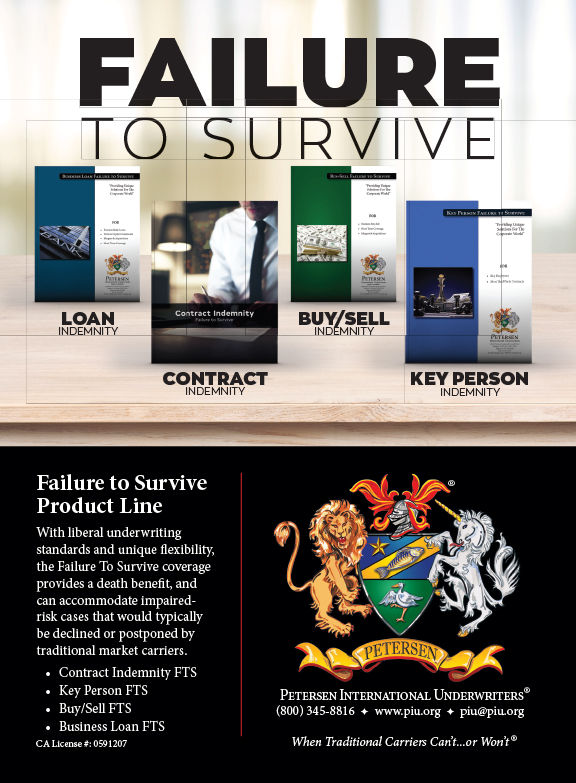
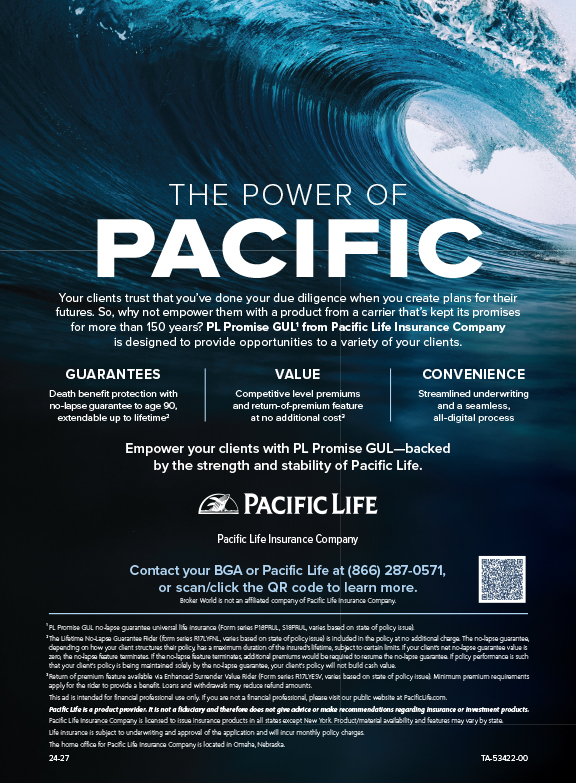


March And The Madness Of Those Uninsured For Disability
It’s that time of year again, March Madness! Oh yeah, let’s get those brackets out and see how we did this year. Which team will be the Cinderella story? What will be the biggest surprise that no one could have ever imagined? For sports fans, you see college basketball at its finest, while for a disability MGA, we see so many analogies that illustrate the need for disability insurance.
Making sure that a client has disability insurance is one of the cornerstones of planning for advisors supporting clients who are working every day. The need is obvious, right? If a client couldn’t work due to an injury or sickness, how would they maintain their standard of living? What asset group will be drained during the length of the accident or sickness and will it ever be replaced? Yet, we all know there are clients who still haven’t protected a stream of income if a qualifying disability were to occur. We know the statistics say that there’s a greater chance of becoming disabled than passing away during a person’s average working years.
Let’s get back to basketball and March Madness! There are 64 teams in the tournament. We know there’s only going to be one winner. There’s a one in 64 chance of winning the NCAA classic tournament. That’s about a 1.5 percent chance of winning the big dance. Think about that. If you had to write down 64 names of clients and knew one of them would have such a significant disability, that it would last much longer than 90 days, perhaps indefinitely, how would you plan for that client? So if you knew that one of those names may end up becoming part of the disability statistics, how would you absorb that information into your planning sessions?
One of the best weekends in college basketball is when the final four is played, concluding with the dramatic championship showdown game. If you could pick all four teams that make it to the final four, you’d be a bracket legend in your office pool and could make a fortune at the sportsbook. The odds of a team making it out of their region to enter the final four is one out of 16. So that’s a 6.4 percent chance of making it to the final four. Let’s go back to our analogy of 64 names of clients in your brackets. Now you have to plan for any four of your clients having a disability that would last more than 90 days and perhaps years, if not indefinitely. How does that change the seriousness of this planning issue for you?
The Elite Eight is always a fascinating group of teams. Usually there’s a Cinderella story that becomes the nation’s darling. The small school underdog that no one would fathom to advance so far in the tournament. Only a few lucky ones had the insight to include the team(s) in their brackets. We know that two out of the 16 teams in the region will make the Elite Eight, so that’s a one in eight chance. If you could only pick all 8 teams that would make this elite group, that would be even more impressive. So imagine if you had to plan for any eight of your 64 clients to have a disability that will last 90 days or longer and perhaps years, if not indefinitely. How would this elevate the need for all your clients to have disability insurance or a disability plan in place? Also, let’s think about those Cinderella stories. These are scenarios that would have been very unlikely to occur based on the experts’ analysis, but here they are, proving that the unlikely can still occur. When we talk about someone becoming disabled for the rest of their life and unable to go back to work, we know it happens…so how do we plan for it?
The Sweet Sixteen is just classic college basketball. The double digit seeded underdog taking down a team from one of the major conferences. The buzzer beater shots that leap teams into the next round while all the teammates charge the floor. The slow pressure building of a team having to make last minute free throws just to keep an underdog team at bay. The thrill that any college athlete must feel just to make it to the tournament, let alone the field of 16 must be just amazing. Good for them, as it’s that kind of feeling that will stay with them forever and we are so happy for each and every one of them. So four out of 16 teams in the region will get to this stage. So that’s one out of four that will be locked in the history books as a team that made it to the Sweet Sixteen. Now imagine those 64 clients on your list and you have to plan for 16 of them to have a possible disability that would last longer than 90 days, perhaps even years, if not indefinitely. We are guessing that you’d make sure every single client has a plan in case a disability occurs.
It’s sobering to think that one in four of today’s 20-year-olds can expect to be out of work for at least a year because of a disabling condition before they reach normal retirement age.1
But you say, “I have over 64 clients and none of them have become disabled, so how do you explain that fact?” The statistics are based on the whole country, not just a finite number of clients. Even though statistics can cover a large swath of people, the importance of planning still rises to the top. Hopefully you never see any client have a major disability, but how many clients having a major disability would be enough to make this planning the top of your list?
So when you are rooting for your favorite team, remember the “client” bracket as well and let March Madness serve as a reminder that you can be the champion of disability insurance to your clients!
Reference: